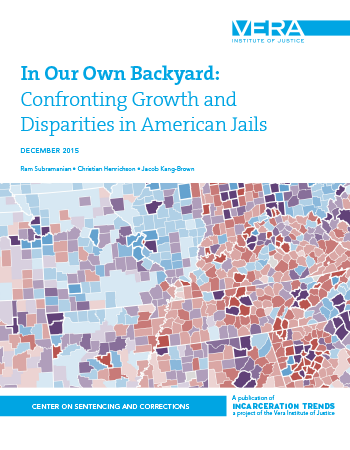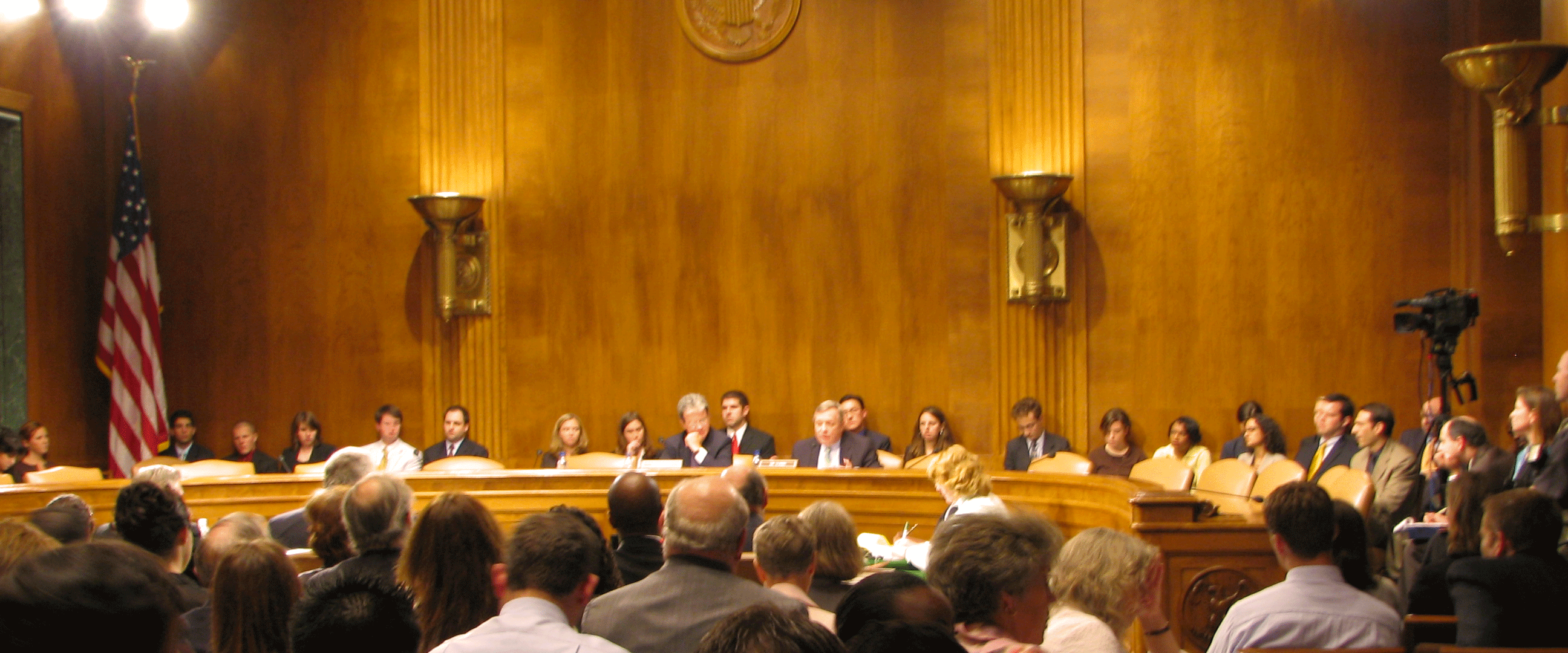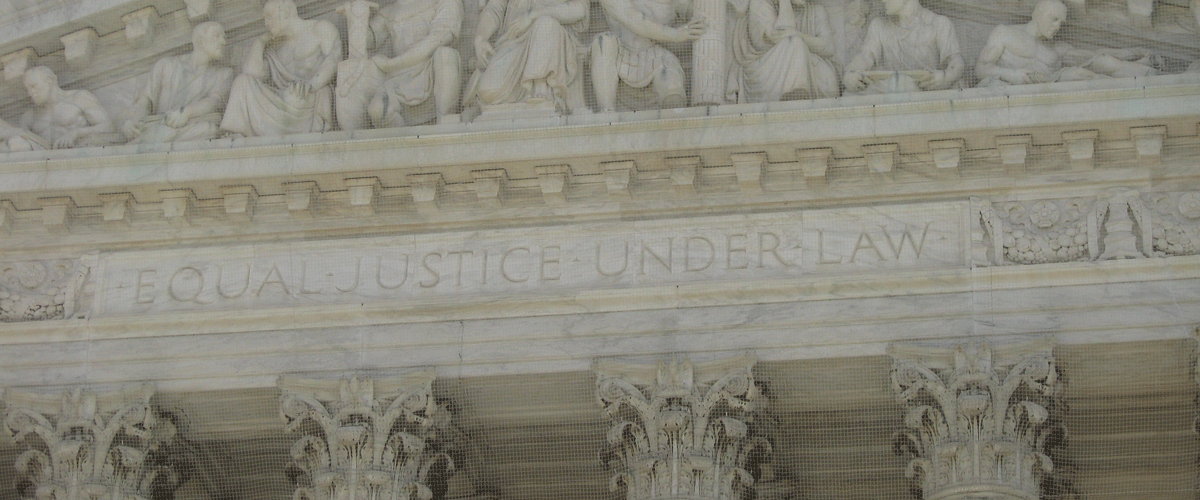Featured Jurisdictions Interagency Collaboration Jail Populations December 14, 2015
For too long, New Orleans has held the title of the most incarcerated city in the world. Under the leadership of Mayor Mitch Landrieu, the New Orleans City Council, as well as local stakeholders and service providers, the tide is turning. Today, New Orleans is becoming a national leader in the effort to end mass incarceration, which many consider to be one of the key civil rights issues of our time. We are working for change that protects public safety without spending scarce public resources on unnecessary incarceration. Our goal is to reform the criminal justice system holistically so that it provides meaningful opportunities to those at risk for justice system involvement and reduces its impact on individuals, families, and communities. We’re working on this together with a wide range of stakeholders, from law enforcement to educators.
The New Orleans Police Department (NOPD) is focusing on smarter and more effective policing in its criminal justice reform efforts. We’re issuing summonses in lieu of arrest for lower level municipal offenses and are policing smarter, focusing our law enforcement and justice resources on the most dangerous in our city. We’re also doing more to train officers in de-escalation. For example, the department has implemented Crisis Intervention Team training, where officers receive 40 hours of specialized training from mental health experts focused on techniques and best practices for deescalating people in crisis due to mental illness or a behavioral disorder. Studies such as the University of Washington’s analysis of LEAD, Seattle’s police-led diversion program have shown that, compared to jail time, such public health-informed interventions for those at risk of arrest related to substance abuse or mental illness lead to lower recidivism rates.
In April 2012, with a grant from the Department of Justice, the City launched the first pretrial services program in the state in order to reduce and eventually end unnecessary pretrial detention of low-risk defendants. New Orleans Pretrial Services uses an empirical risk assessment tool to facilitate objective and informed decision making about pretrial release and bail. This program has saved the city millions since its launch.
Amidst criminal justice reform, we continue to develop our crime prevention initiatives. Nearly $2 billion has been invested in new public schools and millions more in new public libraries, community centers, parks and playgrounds to create meaningful opportunities for our kids. We have now tripled our recreation budget; and our NOLA FOR LIFE murder reduction and Economic Opportunity strategies are creating pathways to prosperity for all residents.
But to be a truly safe city, New Orleans must have a jail that respects every citizen’s constitutional rights, and its justice system leaders must commit to making decisions at every step along the way that are evidence-based and prioritize releasing those defendants to the community who pose no risk to the public.
For generations, the Orleans Parish Prison was in a deplorable, unsanitary condition. Violence, suicide, and inmate deaths were all too common, medical and mental health services were inadequate, and Hurricane Katrina left much of the facility devastated.
Since entering into and funding the changes required by a federal consent decree—to ensure a constitutionally-run jail—the City constructed new jail facilities to replace the old, and the jail’s operating budget has more than doubled to $60 million per year. As a consequence, jail conditions are improving.
In early 2015, Mayor Landrieu formed a task force—including the sheriff, the district attorney, the public defender, the police chief, the departments of probation and parole, and judges—to reduce the jail population. The group developed an initial set of 17 strategies to reduce the number of people booked into the jail and the average length of stay. The City and Sheriff Marlin Gusman have continued this important work through the MacArthur Foundation’s Safety and Justice Challenge. Proposed changes would shift how the City views and uses local incarceration, and would reduce the jail population by 27 percent. Thanks to these efforts and current trends in jail population, the new 1,438-bed jail facility is expected to be sufficient to house all local inmates by 2017.
Rather than spend more money on a larger facility and/or pay for state sentenced inmates in our local jail, we should instead invest that money in community assets like recreation facilities, preventative care, and mental health treatment. Those are far better investments in this city’s future and have the potential to reduce the chances of people becoming involved in the criminal justice system.
The City’s plan for a smaller jail is a better approach to crime and public safety than the historic over-incarceration of the past. We intend to honor our promise to the people of New Orleans—to appropriate funds to simultaneously ensure public safety and the well-being of all residents.
In 2018, New Orleans will celebrate its tricentennial. This will provide an opportunity to remove the blemish of being a national leader in jail incarceration as we continue to be a leader in reform. Our city can take a new mantle as one of peace and prosperity where no one is left behind.










